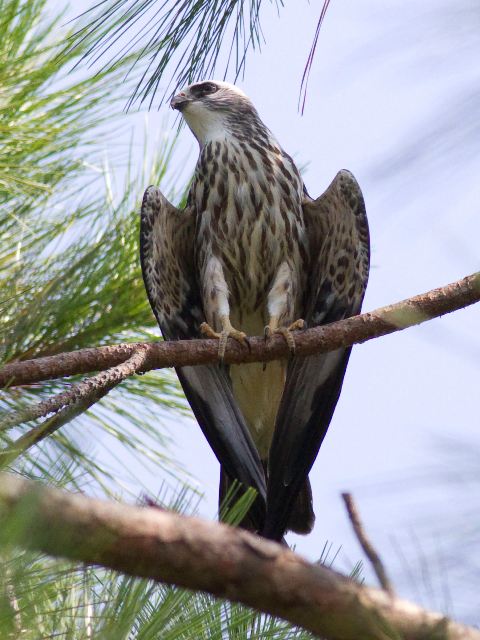
Atwell (Eds.), Chicago University Press, Chicago. In Snowbird: Integrative biology and evolutionary diversity in the junco. More than meets the eye: lineage diversity and evolutionary history of dark-eyed and yellow-eyed juncos. Here is a link and a few references to investigate. There is a lot more out there, so if you love this as much as I do then be sure to explore more. Here I’ve included a rough and disorganized compilation of some information on what we currently understand about the Dark-eyed Junco and its sister species. Of course first-year and female types of these taxa can blend in appearance with the rest, which makes things much more challenging and fun. The others are males, so as to provide simple examples of the other subspecies. I chose to illustrate the male and female Oregon because they are by far the most common and provide the point with which to contrast and compare any outliers. My illustration comprises the candidate subspecies that make up Junco flocks here in western Idaho. I included a chapter of the film below that discusses the diversification of the species. Speciation well in process! See this article for an explanation:Ĭlick to access POSTPRINT%20Mol%20Ecol%2025(24)%206175-6195%20(2016).pdfįurther, be sure to educate yourself with the Junco Projects great film – Ordinary Extraordinary Junco. Adult male and female plumages look similar juveniles are brown with heavy streaking on the breast.

The head is pearly gray with a black mask surrounding red eyes. The back is dark gray while the breast and belly are almost white.

I also like the Dark-eyed Junco because from what we understand regarding it’s phylogenetics, it is a very recent radiation. A medium-sized hawk, the Mississippi Kite has long, narrow, pointed wings and a long black tail. Here is information on its current and past taxonomic status: For more information on this taxon, check out these links: White-tailed Kites have a spectacular courtship display where the male presents a prey item to the female, the female then flies up in the air to grab the prey from the male in mid-air. I particularly am drawn to the Cassiar Junco because it is both difficult to diagnose (separate from Slate-colored X Oregon intergrades, if they even are different!) and little understood. I think the junco is a favorite because it is polytypic, with some excellent variation in phenotypes throughout its range. cismontanus), and the nominate “Slate-colored” (J.

For the Junco lovers that like this image, you can purchase a print by clicking on the image above.Ībove is an illustration I just completed of some select subspecies of one of my favorite birds, the Dark-eyed Junco (Junco hyemalis) – Male and female “Oregon” (J.


 0 kommentar(er)
0 kommentar(er)
